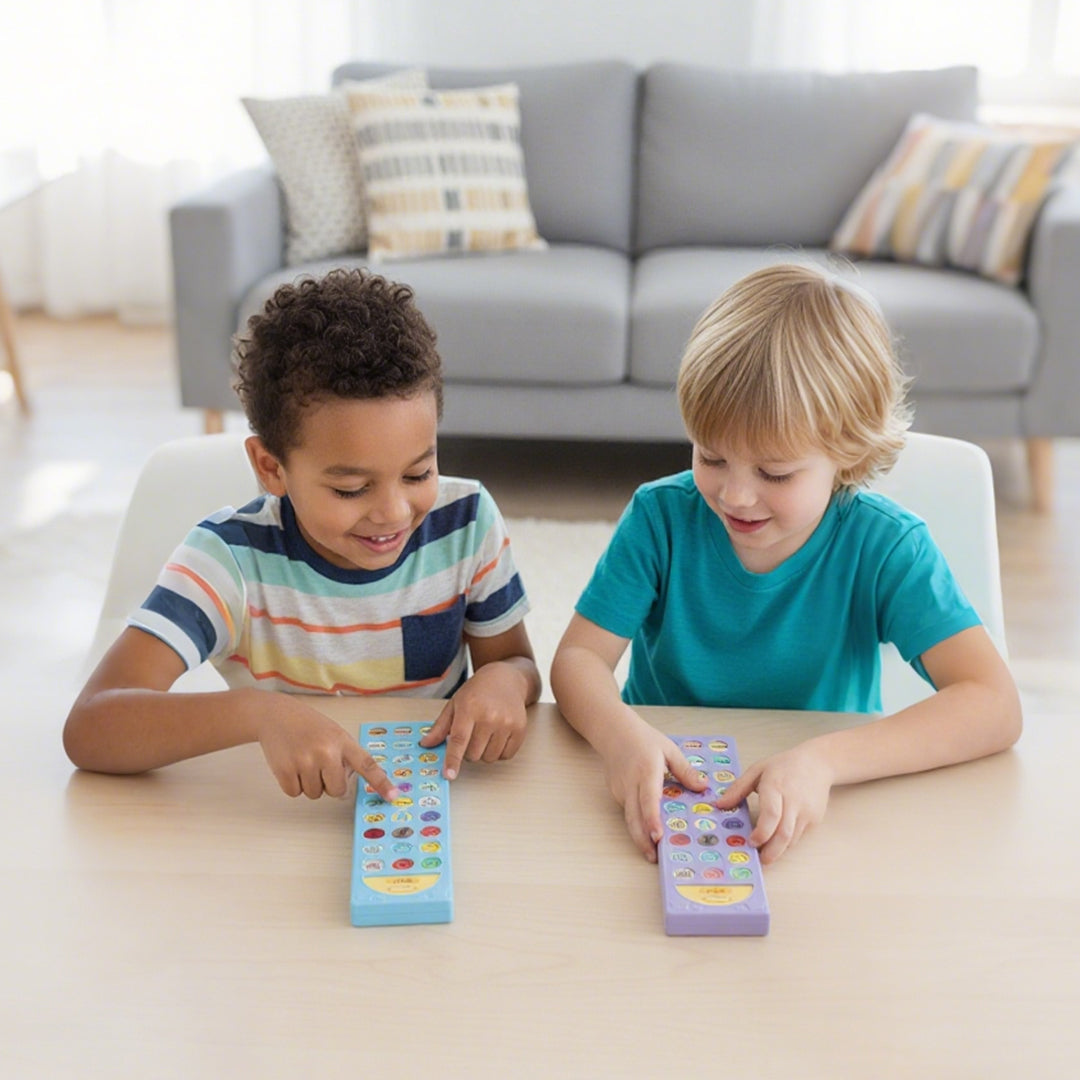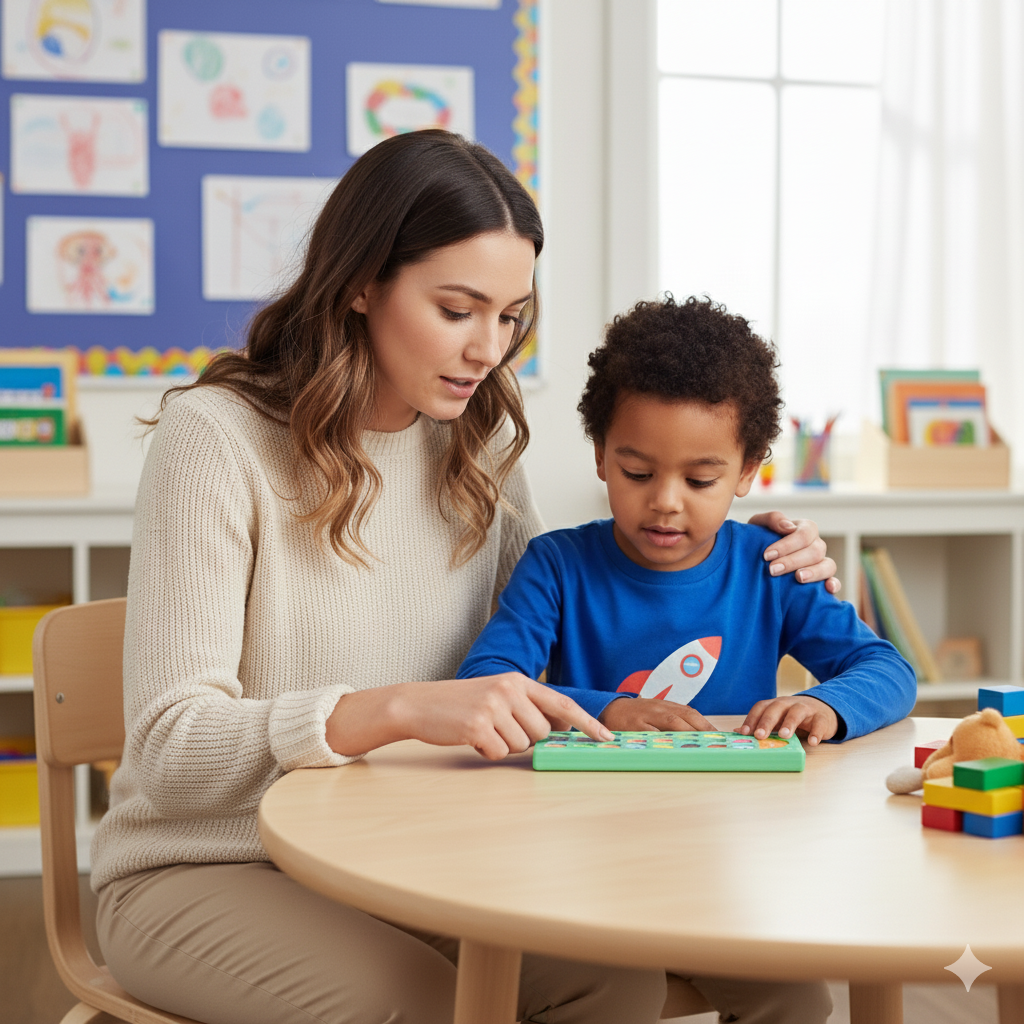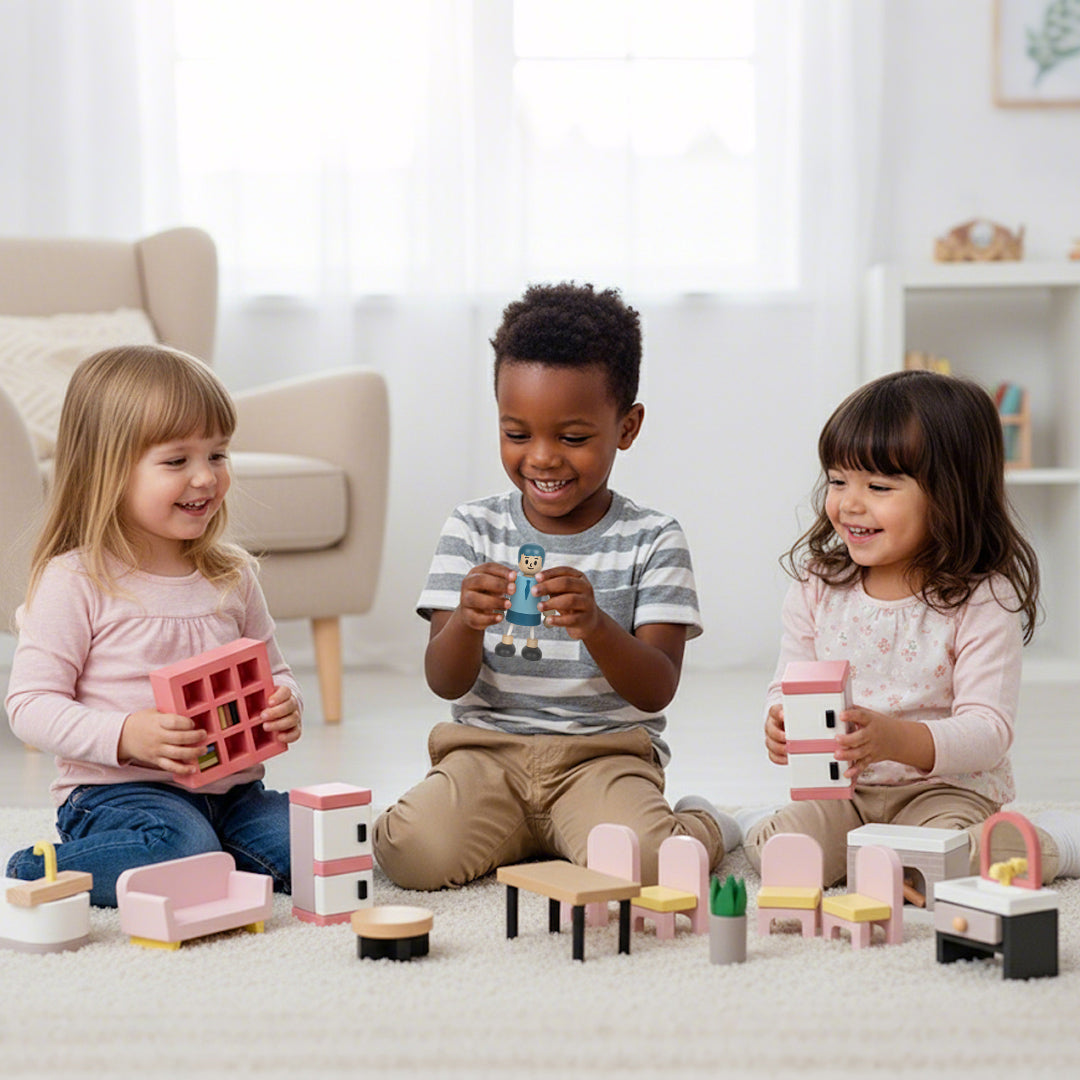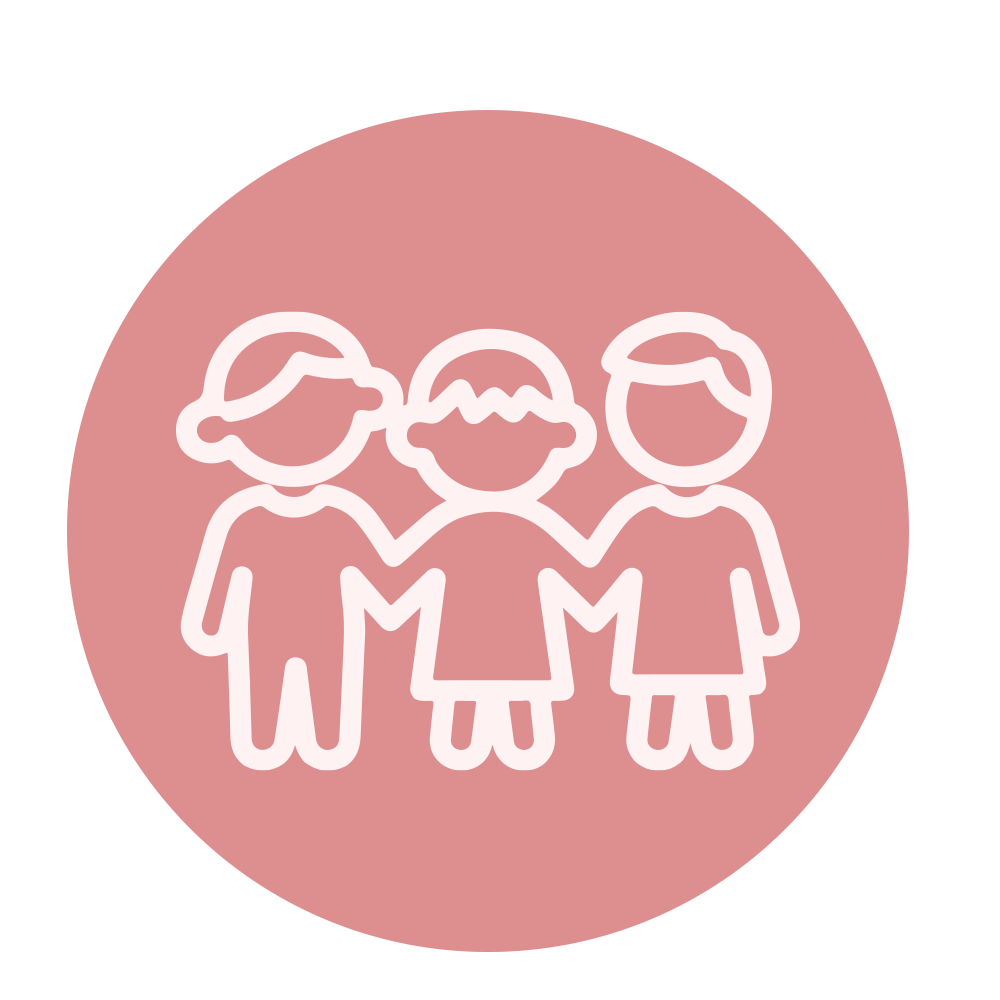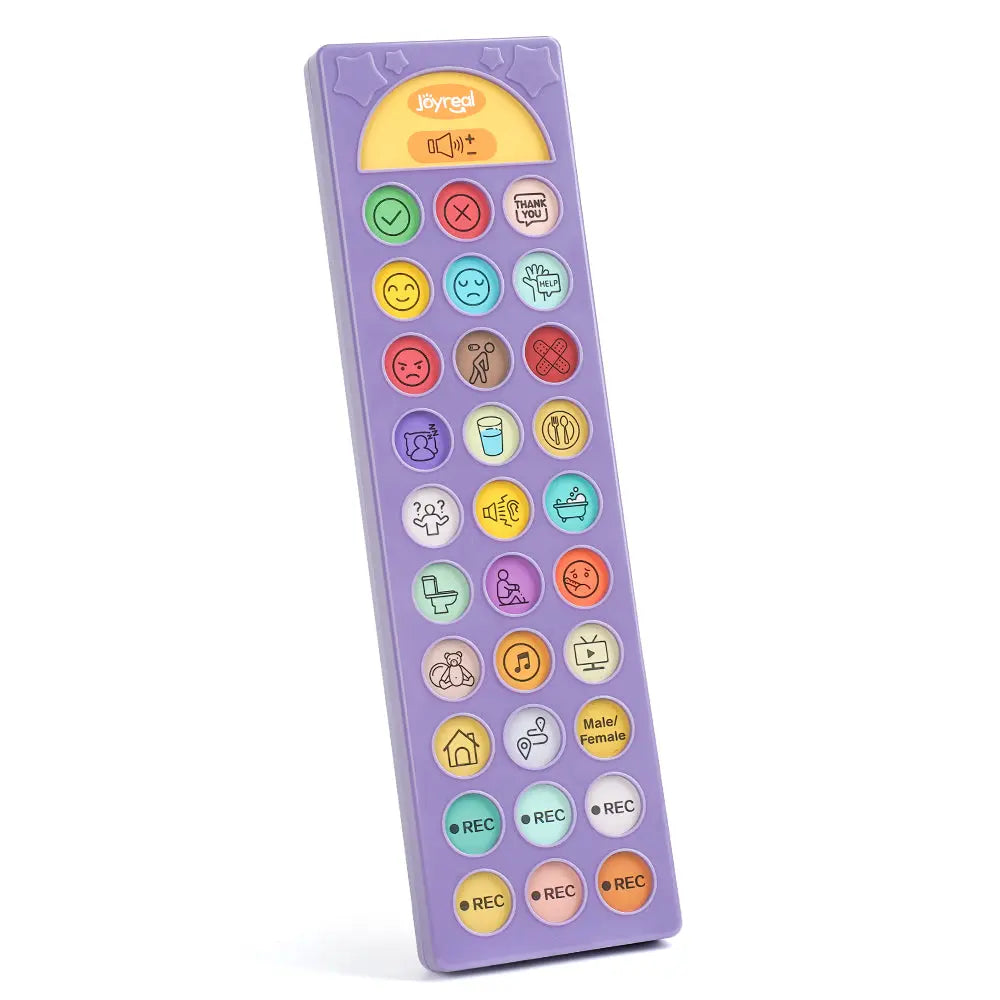AAC Made Simple: Helping Parents Support Daily Communication

When Words Don’t Come Easily
For many parents of children with autism or other communication challenges, silence can feel heavy. You know your child wants to connect—but the words just don’t come. This is where an AAC communication device (Augmentative and Alternative Communication) becomes more than technology; it becomes your child’s talking aid, their bridge to the world.
Getting started doesn’t have to be complicated. What truly matters is understanding your child’s emotional world and turning AAC into a natural part of family life. Below, you’ll discover real, parent-tested strategies to help your child communicate confidently—every day, in real moments.
Focus on Connection, Not Perfection
Parents often feel pressure to “do AAC right.” But the truth is—there’s no perfect way. What matters most is connecting, not correcting.
When your child touches a button, gestures, or makes eye contact, treat that as communication. Respond warmly. Smile. Engage. AAC works best when it’s wrapped in love and patience—not drills or stress.
- Parent Tip: Start with 2–3 buttons on your child’s AAC device—like “want,” “more,” and “stop.” Use them during meals or playtime, and repeat often.
Make AAC Part of Daily Life
Don’t save the AAC device for therapy sessions. Bring it everywhere—during breakfast, playtime, bath time, even in the car.
AAC is most powerful when it’s woven into your child’s world. The more chances they have to use it, the faster they’ll understand that this “talking aid” has real purpose.
- We take our tablet to the park and talk about swings, slides, and friends. It’s part of our day now—not just therapy,” shared one mom of a 5-year-old using AAC devices for autism.
Model Communication (Even If They Don’t Respond Yet)
Children learn AAC the same way they learn speech—by hearing and seeing it used naturally. When you talk, also tap the buttons on the device.
Say, “Let’s go outside,” while pressing go. This shows your child what communication looks like. Over time, your modeling will become their motivation.
- 🎯 Remember: Your child doesn’t need to imitate you right away. Think of it as planting seeds that will grow when they’re ready.
Celebrate Every Attempt
Your child presses a random button? Awesome. That’s still exploration—and it means they’re engaging.
Instead of correcting, celebrate effort. A simple “Good talking!” reinforces that communication is safe and exciting. The goal is to make AAC feel empowering, not demanding.
- 🥳 Positive energy fuels curiosity. The more fun you make it, the more your child will want to “talk.”
5. Choose the Right AAC Communication Device for Your Child
Choosing the right device can feel overwhelming — especially when prices vary wildly. Many parents ask, “Can I find a good, cheap AAC device that actually works?”
Yes, you can.
That’s where Joyreal AAC Communication Device stands out. It’s designed for families who want high-quality, affordable communication support without spending thousands.
🔍 Why Parents Love the Joyreal Talking Aid
- Simple interface for young learners
- Portable, durable build for school and home
- Affordable pricing — one of the best cheap AAC devices on the market
- High-quality sound output for clear voice generation
- Supports customizable vocabulary for different learning stages
This device bridges the gap between low-tech picture boards and expensive digital systems, making AAC accessible for every family.
- 💬 “Joyreal made AAC possible for us,” says Daniel, dad to a 4-year-old on the autism spectrum. “We couldn’t afford high-end devices, but this talking aid gave our son a real voice.”

Turn Frustration into Opportunity
It’s normal for children—and parents—to feel frustrated in the beginning. The device might feel confusing, or progress may seem slow.
When that happens, take a breath. Use AAC in low-pressure moments—like during play or storytime—where communication feels fun again. The goal isn’t perfection; it’s participation.
- 💛 Remember: Communication is a marathon, not a sprint. Your calm encouragement matters more than speed.
7. Partner with Your Child’s Support Team
Your child’s AAC journey works best when everyone’s on the same page—parents, teachers, and therapists. Ask your child’s SLP for weekly modeling goals or video examples you can follow at home.
- 🧠 Example: If school uses the word “go” for transitions, use it at home too—“Let’s go brush teeth!” Consistency helps your child understand that AAC works everywhere, not just in one place.
Real-Life Parent Wins
| Challenge | Strategy That Worked | Result |
| Child refused to use device | Modeled AAC during favorite TV show | Child began tapping “funny” and “more” during shows |
| Frustrated with slow progress | Celebrated every small success | Increased daily AAC use at home |
| Unsure how to use device in daily life | Integrated AAC during meals | Improved food-related communication (“more,” “done”) |
Conclusion: Every Parent Can Be Their Child’s Voice Champion
You don’t need a degree in speech therapy to make AAC work — you just need love, consistency, and the right tool.
The Joyreal AAC Communication Device gives families an affordable, reliable way to help children with autism find their voice. Whether you’re starting small with a few words or building full sentences, each tap is a victory.
With AAC, you’re not just teaching communication — you’re opening a lifelong conversation.
FAQs About AAC for Parents
1. Will an AAC device stop my child from talking?
- No. Research shows AAC actually encourages speech by reducing frustration and providing consistent language input.
2. Is Joyreal a good option for children with autism?
- Yes! The Joyreal AAC Communication Device is specifically designed to support children with autism through intuitive navigation and customizable word boards.
3. How much does an AAC device usually cost?
- Many advanced AAC systems cost thousands of dollars. However, Joyreal offers a cheap AAC device option that’s reliable, portable, and family-friendly.
4. Can I use the Joyreal talking aid with therapy apps?
- Yes. It’s compatible with various learning and communication platforms, making it a flexible choice for at-home and classroom settings.
5. How long before I see results?
- Progress depends on consistency and modeling. Most parents notice small but meaningful changes in weeks — more eye contact, gestures, and intentional button presses.
6. What’s the best way to encourage my child to use the device?
- Start during favorite activities. Keep sessions short, positive, and pressure-free. Let the device become part of play, not work.
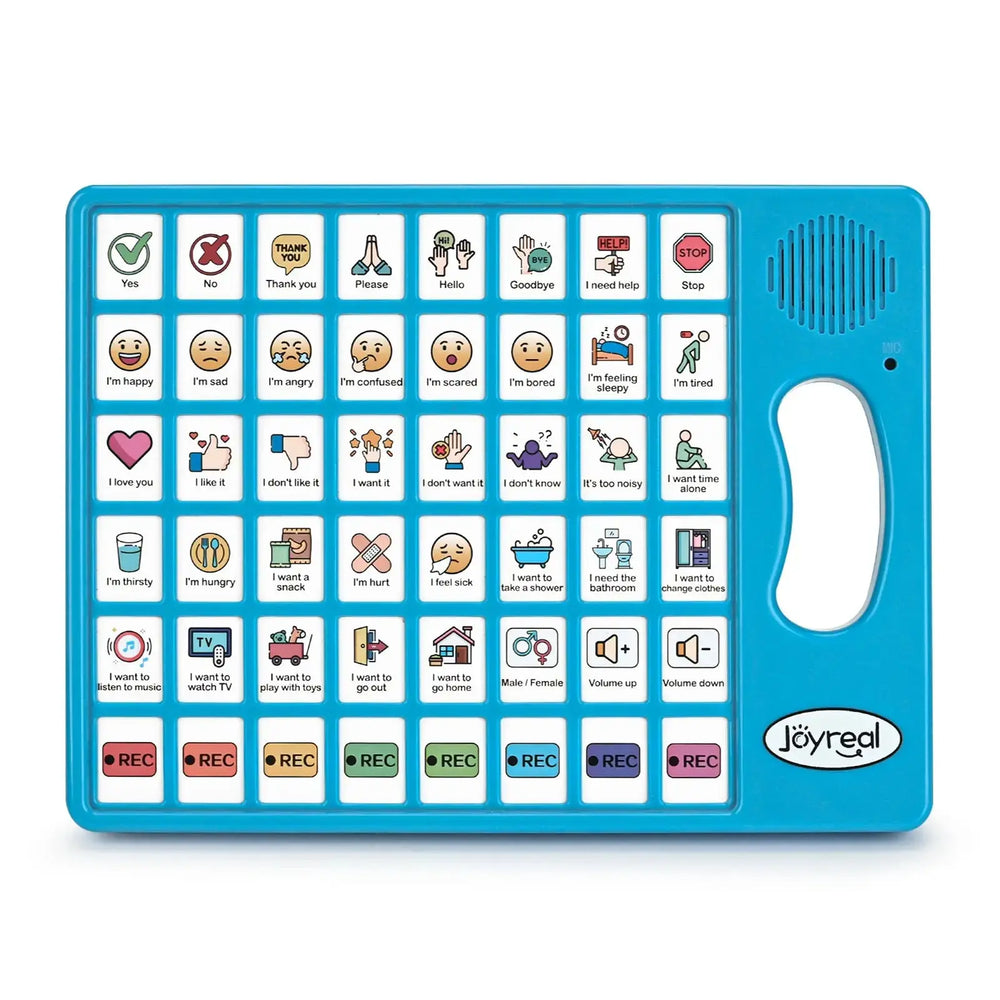
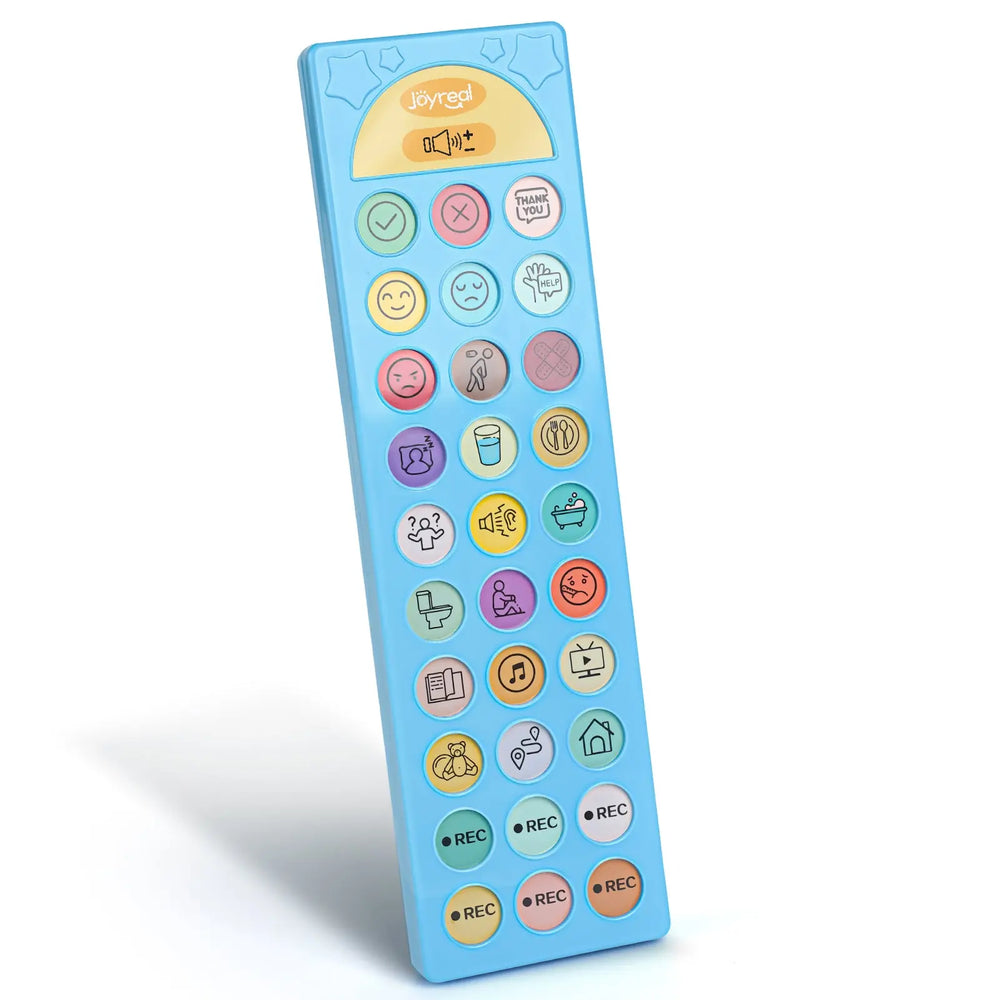

Maybe it will be helpful for you:
Recent Post
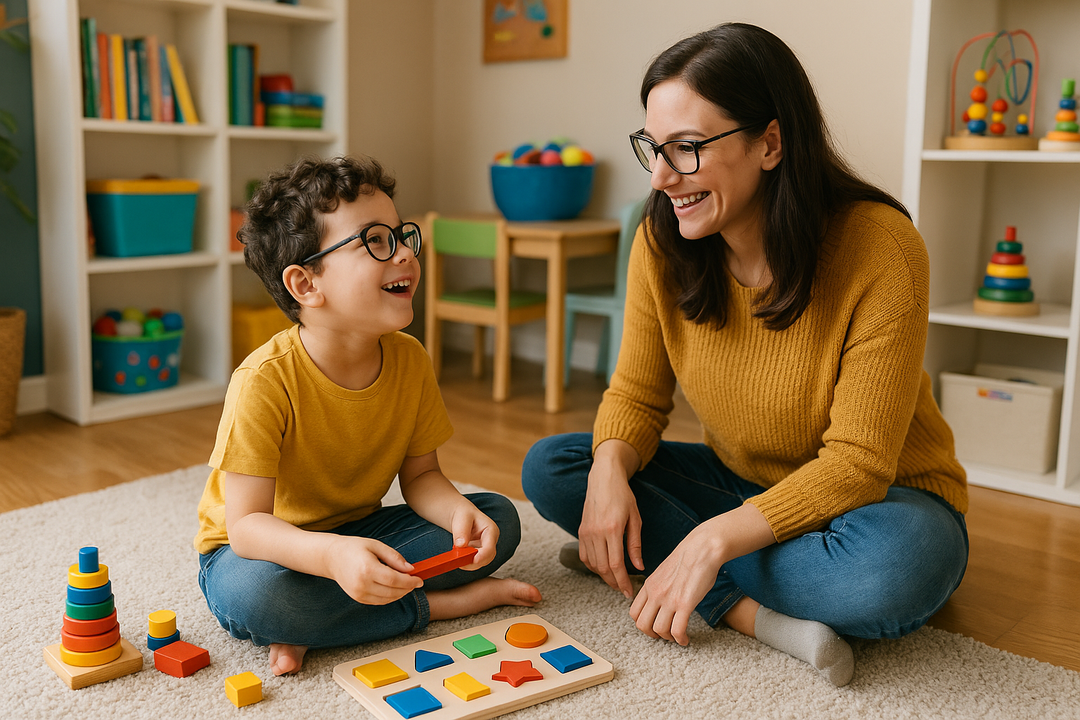
How to Encourage an Autistic Child to Learn?
A Journey of Joyful Learning Helping your autistic child discover ...
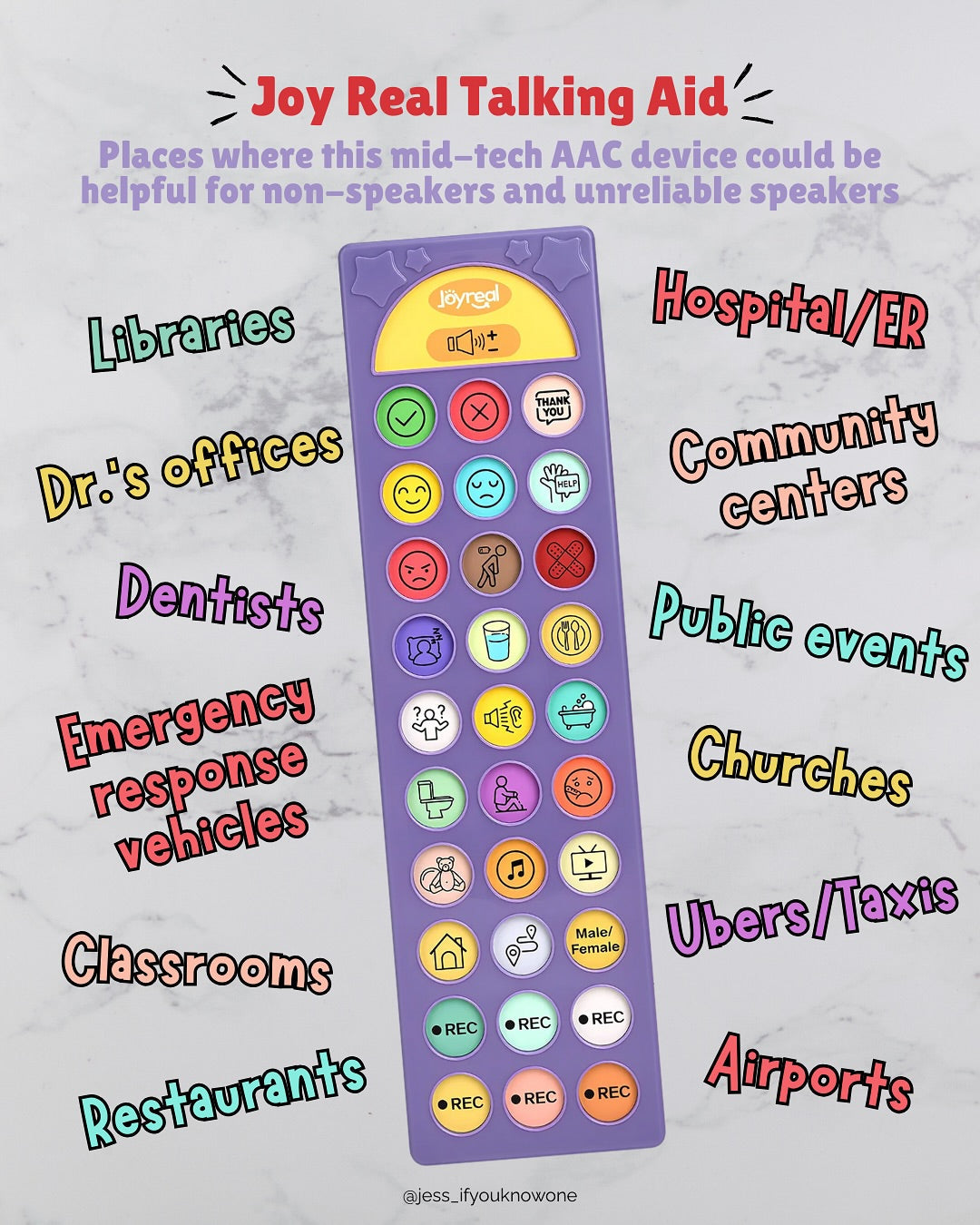
AAC Made Simple: Helping Parents Support Daily Communication
When Words Don’t Come Easily For many parents of children with aut...
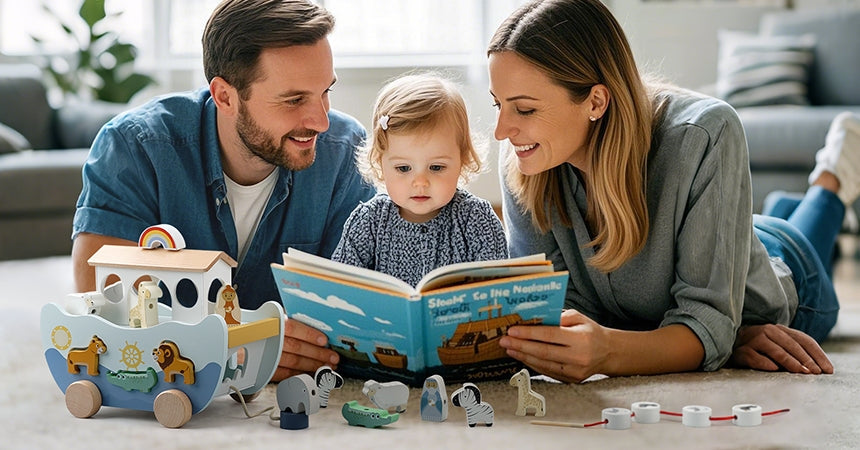
The Noah’s Ark Toy That Teaches Faith Through Play
When Finding “Meaningful Gifts” Becomes a Parenting Dilemma Every ...
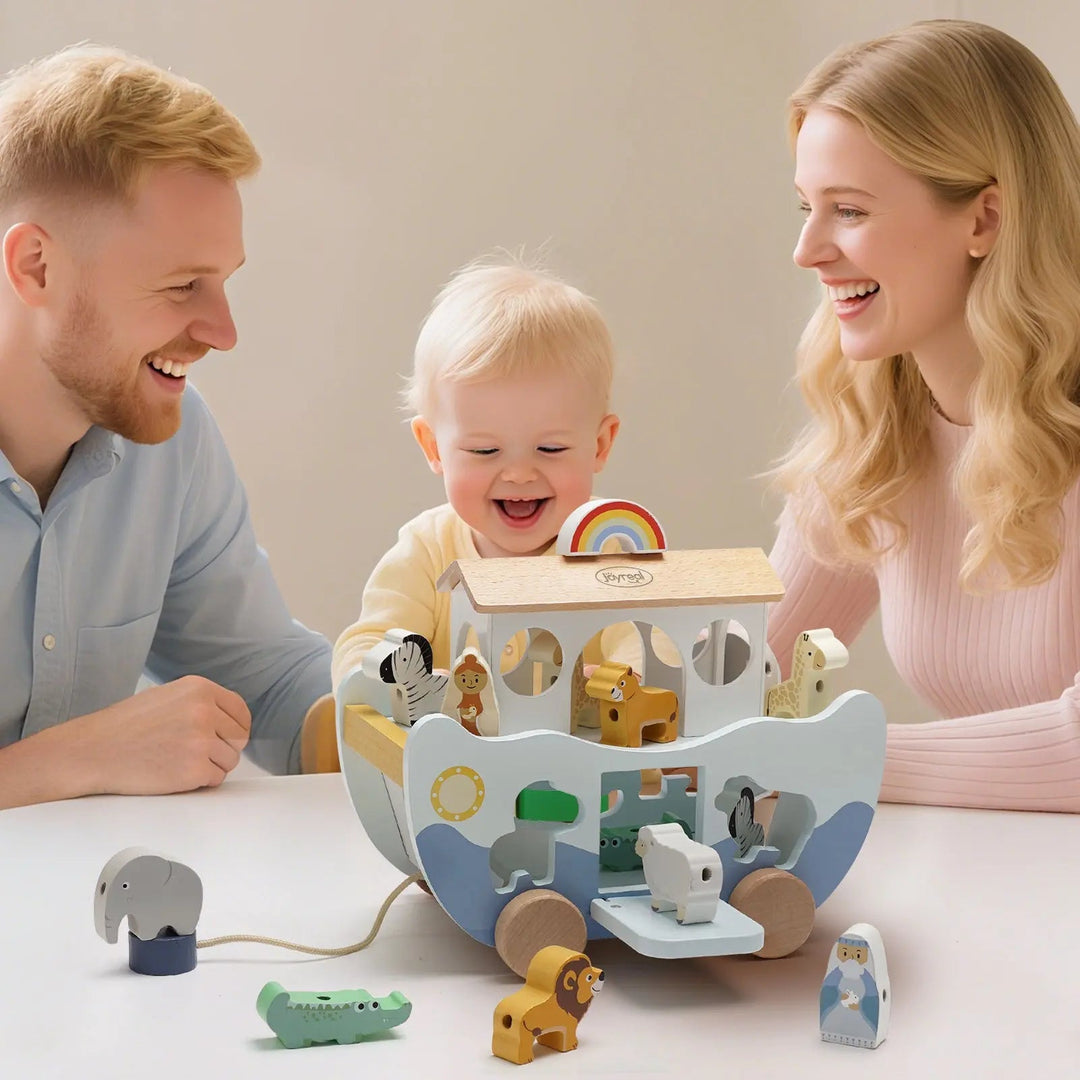
Joyreal Noah’s Ark Toy Inspires Learning & Imagination
Where Faith Meets Early Learning The Noah’s Ark toy isn’t just a c...
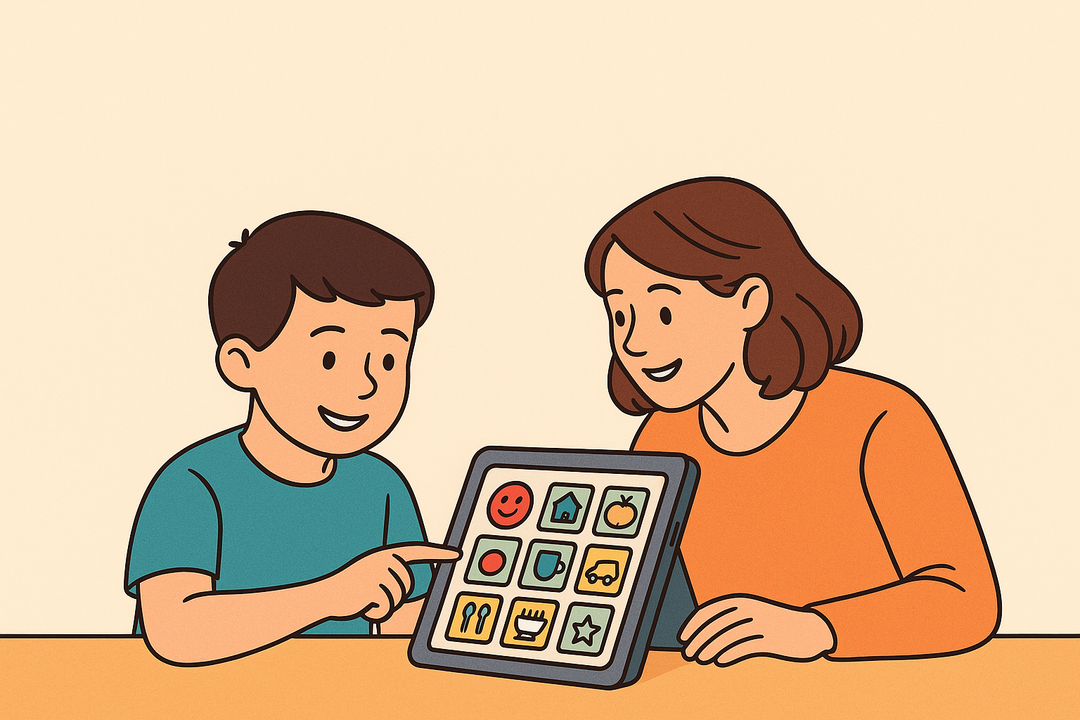
10 Heartfelt Ways to Communicate with Your Autistic Child
Understanding Autism and Communication Challenges Communicating wit...

Who Can Benefit from Joyreal AAC Devices?
Introduction to Joyreal AAC Devices In a world where communication ...

Montessori wooden toys benefits: A complete guide for toddlers' learning
Looking for a simple yet powerful way to support your toddler’s gr...
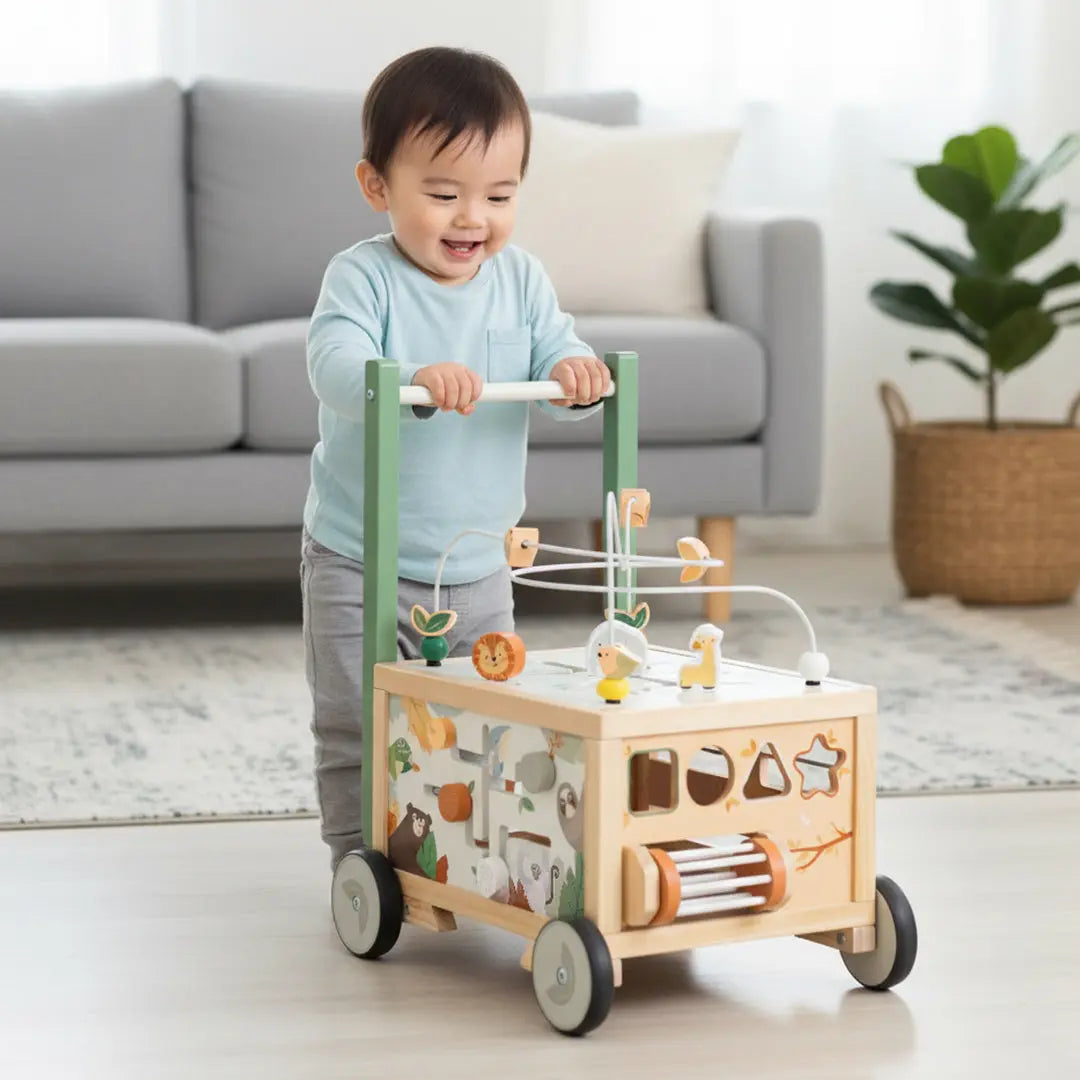
Best Adjustable Speed Baby Walker for Toddler Development
Looking for the perfect way to support your toddler’s first steps w...
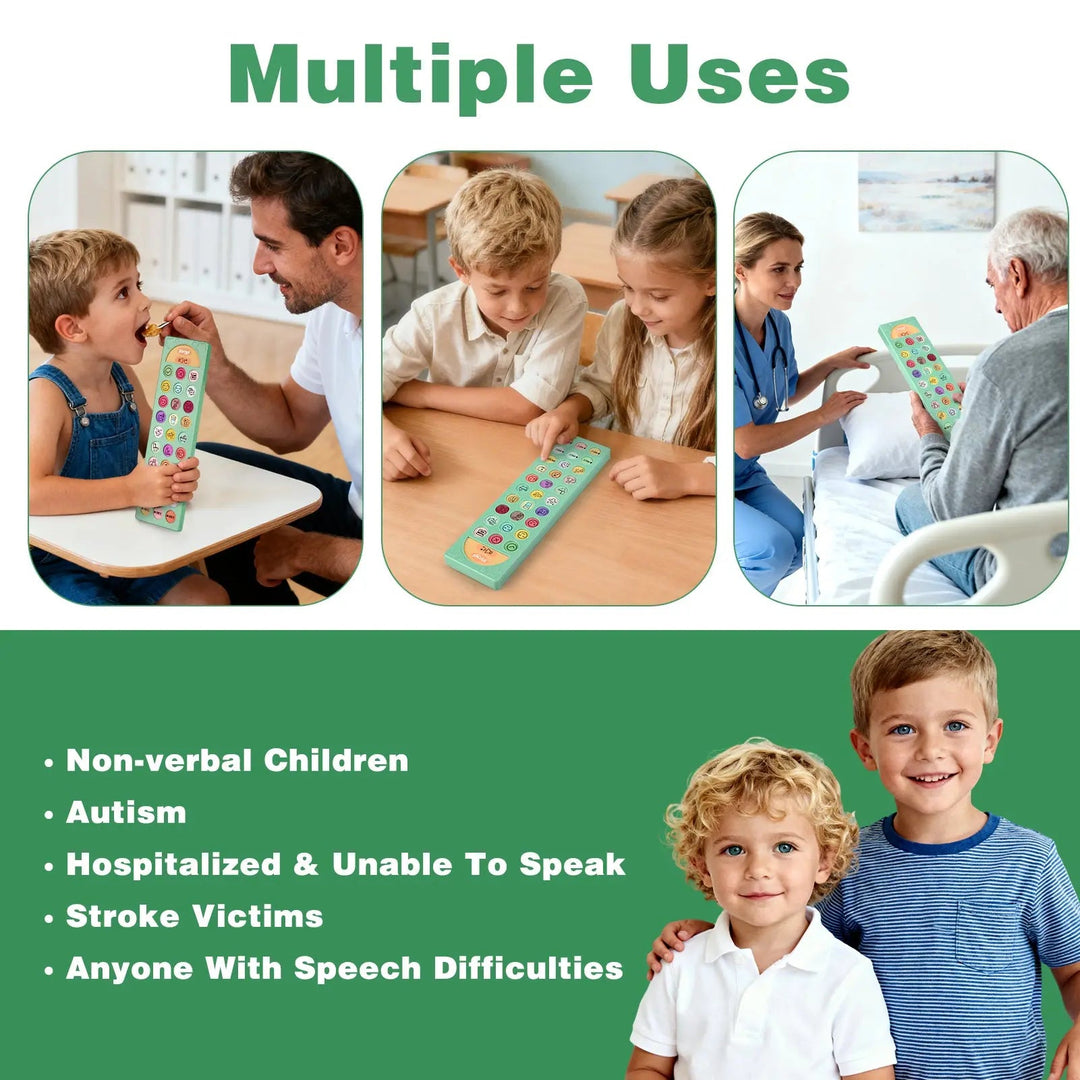
What Age Range Is the Joyreal AAC Device for?
When someone struggles to speak or express their thoughts, a goo...
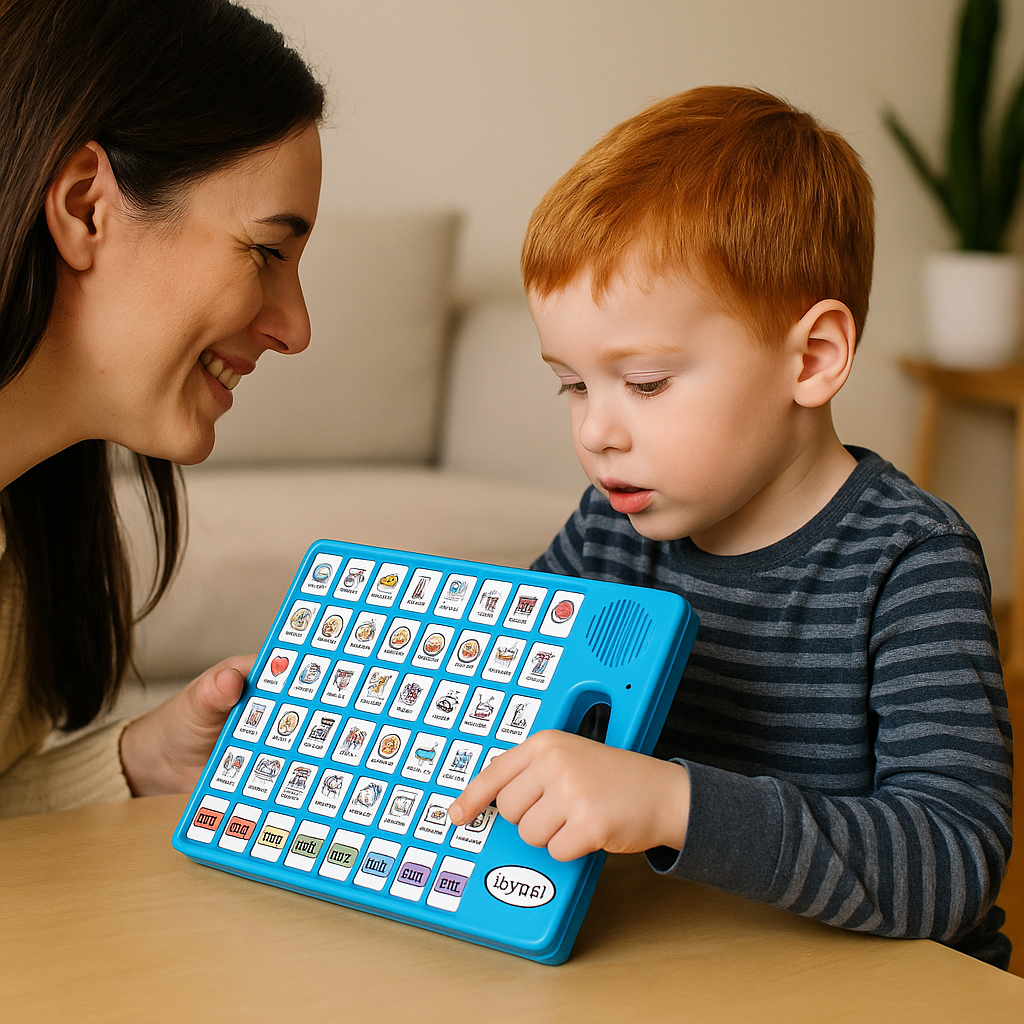
Is There a Right Age for AAC Devices?
Why “Age” Matters When Choosing the Right AAC Device AAC (Augmenta...
